Acid sphingomyelinase as target of Lycium Chinense: promising new action for cell health
- PMID: 27756324
- PMCID: PMC5070216
- DOI: 10.1186/s12944-016-0351-z
Acid sphingomyelinase as target of Lycium Chinense: promising new action for cell health
Abstract
Background: Sphingomyelin plays very important roles in cell function under physiological and pathological conditions. Physical and chemical stimuli produce reactive oxygen species that stimulate acid sphingomyelinase to induce apoptosis. Antioxidant plants of the traditional Chinese Pharmacopoeia, such as Lycium Barbarum and Lycium Chinense, have become increasingly popular in Western countries. We investigated the effects of Lycium Chinense on acid sphingomyelinase and sphingomyelin species in relation to gene expression.
Methods: We prepared Lycium Chinense berry extracts and evaluated their antioxidant properties. Increasing amount of extracts was used to test cytotoxic and genotoxic effect on HepG2 cells. Gene expression, protein amount and enzyme activity of acid sphingomyelinase were tested by RT-PCR, immunoblotting and enzymatic activity assay, respectively. Sphingomyelin species were analyzed by UFLC MS/MS. A panel of 96 genes involved in oxidative stress, proliferation, apoptosis and cancer was used to test the effect of LC on gene expression. GLRX2, RNF7, and PTGS1 proteins were analyzed by immunoblotting.
Results: We showed that Lycium Chinense berries have high antioxidant properties, have an IC50value of 9.55 mg/mL, do not induce genotoxic effect and maintain high level of cell viability. The berry extracts inhibit acid sphingomyelinase activity and increase both very long fatty acid sphingomyelin species and unsaturated fatty acid sphingomyelin species. Among 96 genes, Lycium Chinense berries up-regulate Glutaredoxin 2 and Ring Finger Protein 7 genes and proteins, able to protect cells from apoptosis. Intrigantly, Lycium Chinense berries down-regulates Prostaglandin H synthase 1 gene but the protein is not expressed in HepG2 cells.
Conclusion: The results identify acid sphingomyelinase as a novel target of Lycium Chinense berries to decrease saturated/unsaturated fatty acid sphingomyelin ratio, known to be useful for cell health. Consistent with these data, the berries regulate specifically gene expression to protect cells from apoptosis.
Keywords: Antioxidant; Fatty acids; Lycium chinense; Sphingomyelin; Sphingomyelinase.
Figures
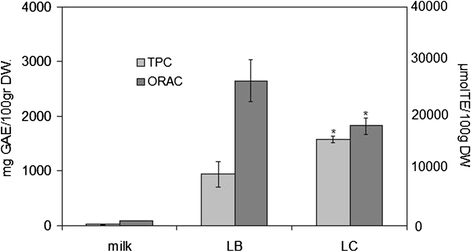
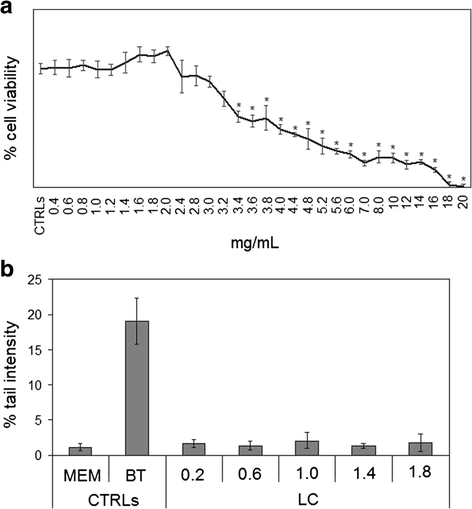
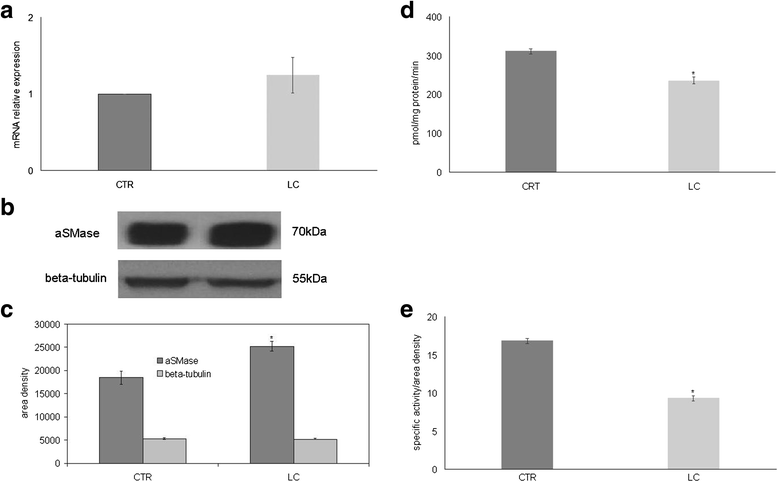
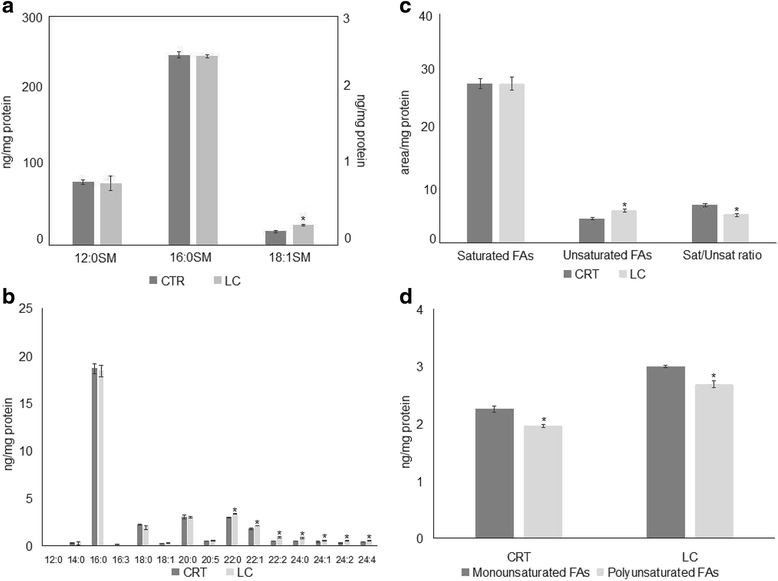
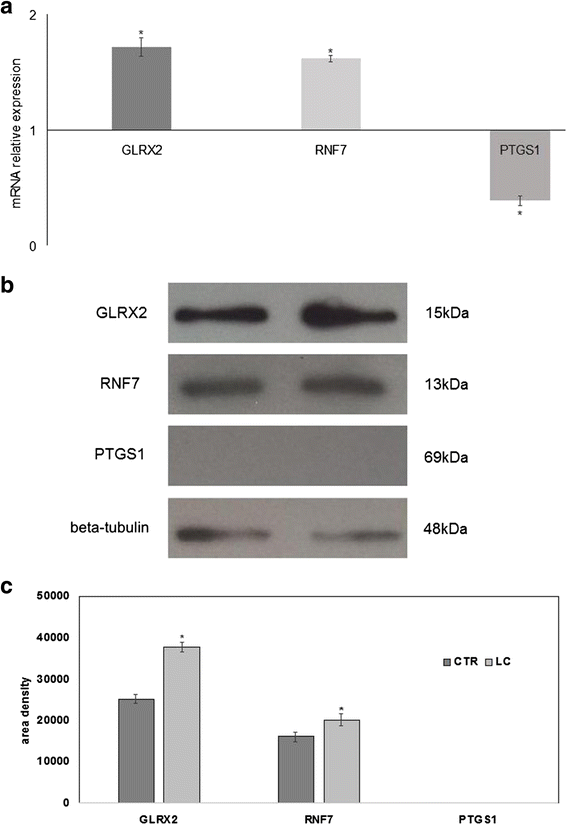
Similar articles
-
In Vitro Protective Effects of Lycium barbarum Berries Cultivated in Umbria (Italy) on Human Hepatocellular Carcinoma Cells.Biomed Res Int. 2016;2016:7529521. doi: 10.1155/2016/7529521. Epub 2016 Nov 14. Biomed Res Int. 2016. PMID: 27965980 Free PMC article.
-
Discrimination of Lycium chinense and L. barbarum Based on Metabolite Analysis and Hepatoprotective Activity.Molecules. 2020 Dec 10;25(24):5835. doi: 10.3390/molecules25245835. Molecules. 2020. PMID: 33321994 Free PMC article.
-
Goji (Lycium barbarum and L. chinense): Phytochemistry, pharmacology and safety in the perspective of traditional uses and recent popularity.Planta Med. 2010 Jan;76(1):7-19. doi: 10.1055/s-0029-1186218. Epub 2009 Oct 20. Planta Med. 2010. PMID: 19844860 Review.
-
Polyphenolic content, antioxidant and antimicrobial activities of Lycium barbarum L. and Lycium chinense Mill. leaves.Molecules. 2014 Jul 10;19(7):10056-73. doi: 10.3390/molecules190710056. Molecules. 2014. PMID: 25014533 Free PMC article.
-
Unveiling the components, physiological functions and emerging trends of hydroxycinnamic acid amides in goji berry (Lycium).Food Res Int. 2025 Aug;214:116696. doi: 10.1016/j.foodres.2025.116696. Epub 2025 May 19. Food Res Int. 2025. PMID: 40467257 Review.
Cited by
-
Cranberry/Chondroitin Sulfate Co-precipitate as a New Method for Controlling Urinary Tract Infections.Antibiotics (Basel). 2023 Jun 15;12(6):1053. doi: 10.3390/antibiotics12061053. Antibiotics (Basel). 2023. PMID: 37370374 Free PMC article.
-
Goji Berries Supplementation in the Diet of Rabbits and Other Livestock Animals: A Mini-Review of the Current Knowledge.Front Vet Sci. 2022 Jan 31;8:823589. doi: 10.3389/fvets.2021.823589. eCollection 2021. Front Vet Sci. 2022. PMID: 35174242 Free PMC article. Review.
-
Effects of wolfberry (Lycium barbarum) consumption on the human plasma lipidome and its association with cardiovascular disease risk factors: a randomized controlled trial of middle-aged and older adults.Front Nutr. 2024 Feb 19;11:1258570. doi: 10.3389/fnut.2024.1258570. eCollection 2024. Front Nutr. 2024. PMID: 38439925 Free PMC article.
-
Stretchable, Bio-Compatible, Antioxidant and Self-Powering Adhesives from Soluble Silk Fibroin and Vegetal Polyphenols Exfoliated Graphite.Nanomaterials (Basel). 2021 Sep 10;11(9):2352. doi: 10.3390/nano11092352. Nanomaterials (Basel). 2021. PMID: 34578666 Free PMC article.
-
A Role for Neutral Sphingomyelinase in Wound Healing Induced by Keratinocyte Proliferation upon 1α, 25-Dihydroxyvitamin D3 Treatment.Int J Mol Sci. 2019 Jul 25;20(15):3634. doi: 10.3390/ijms20153634. Int J Mol Sci. 2019. PMID: 31349547 Free PMC article.
References
-
- Albi E, Viola Magni MP. Sphingomyelin: a small-big molecule in the nucleus. Recent Res Develop Biophys Biochem. 2006;37/661:211–227.
-
- He X, Schuchman EH. Potential role of acid sphingomyelinase in environmental health. Zhong Nan Da Xue Xue Bao Yi Xue Ban. 2012;37:109–125. - PubMed
MeSH terms
Substances
LinkOut - more resources
Full Text Sources
Other Literature Sources

